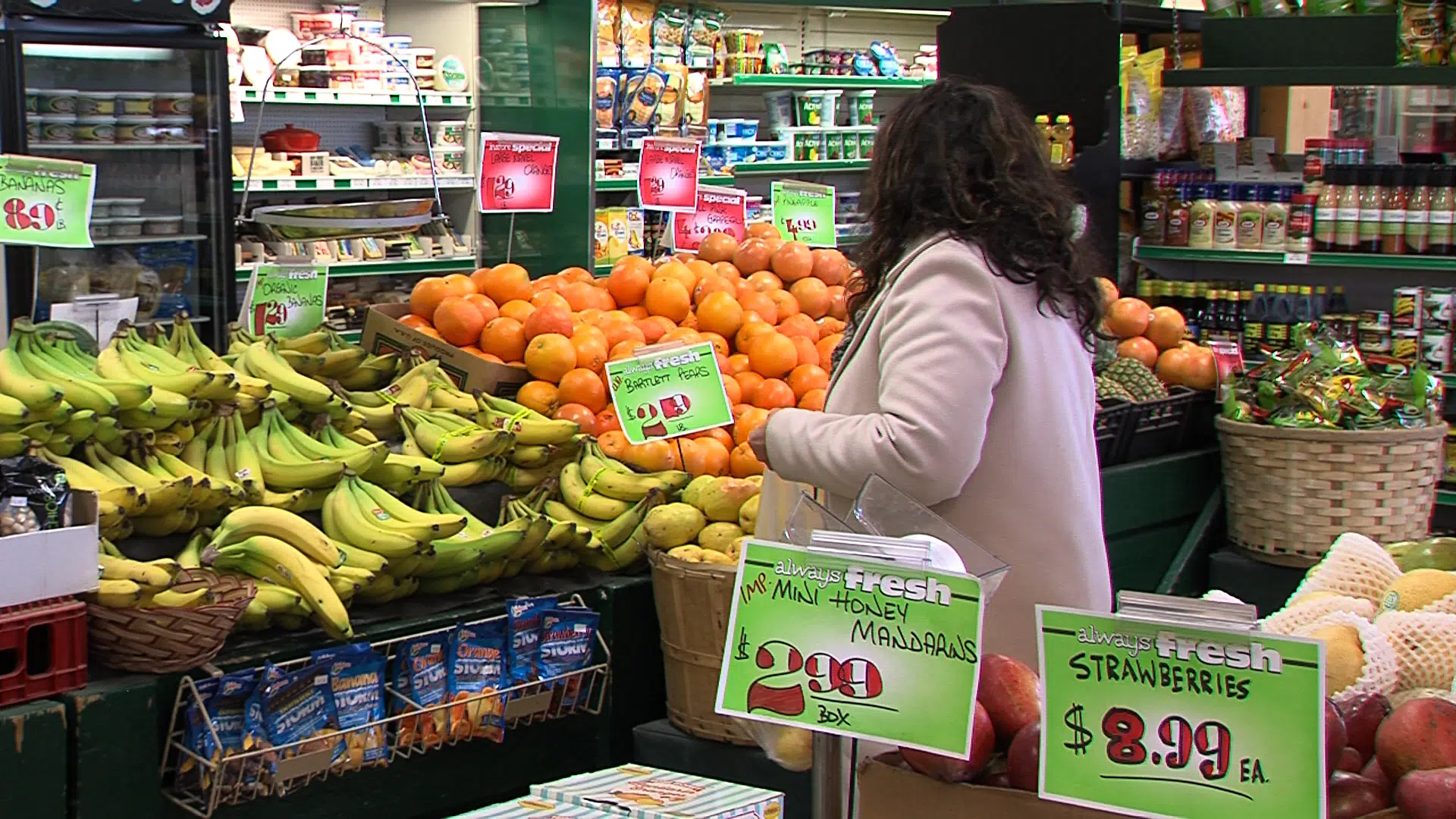
Nutrition month; Interior Health makes push for healthier eating
KAMLOOPS — March is Nutrition Month, a good time to stop and take stock of your relationship with food. Most of us have never considered we even have a relationship with food, let alone wonder about how ours is progressing. But this month, dietitians across the country are joining forces to encourage Canadians to make small, meaningful changes to their daily nutrition. It’s called the ‘100 Meal Journey’ aimed at boosting your health and help you feel your best.
WATCH: Full story by Reporter Tanya Cronin
It’s often tempting to reach for a juicy burger and fries, instead of a carrot stick or a piece of fruit. But you might want to think twice. Those foods difficult to resist, could actually be threatening your health.


